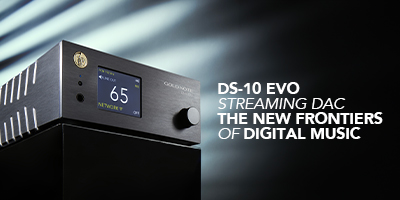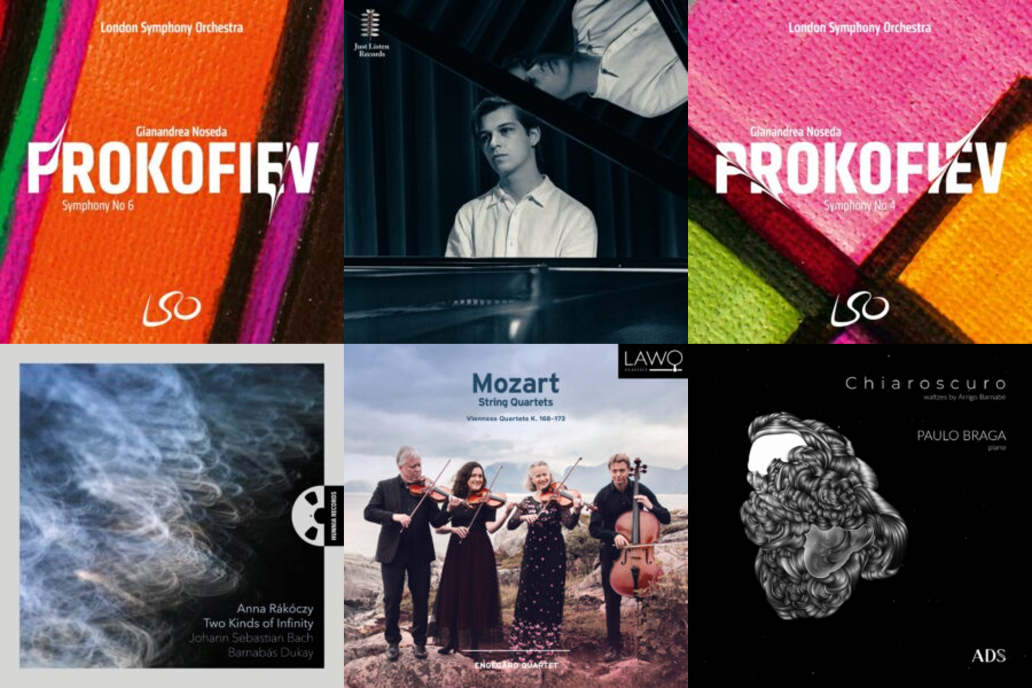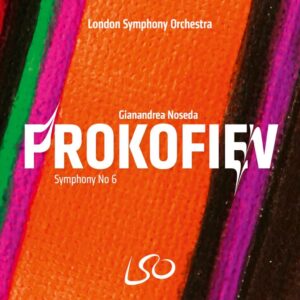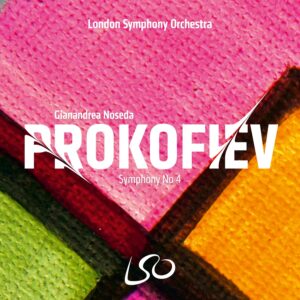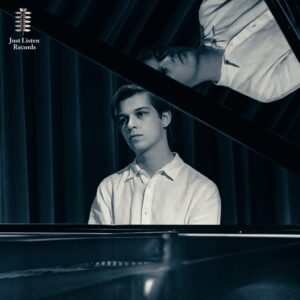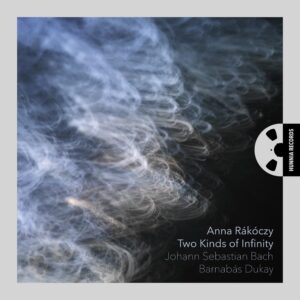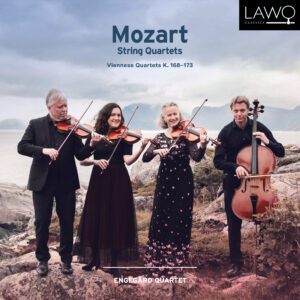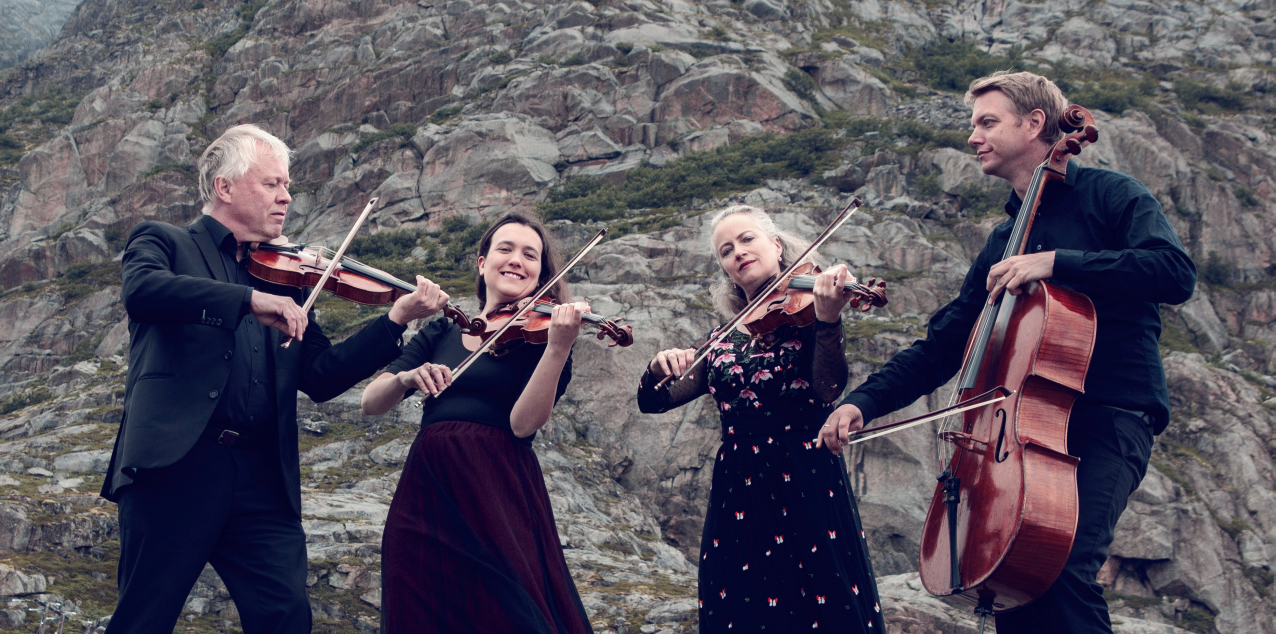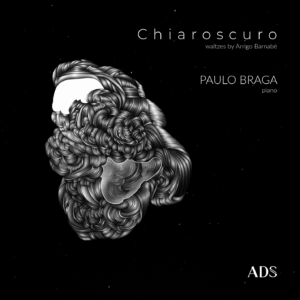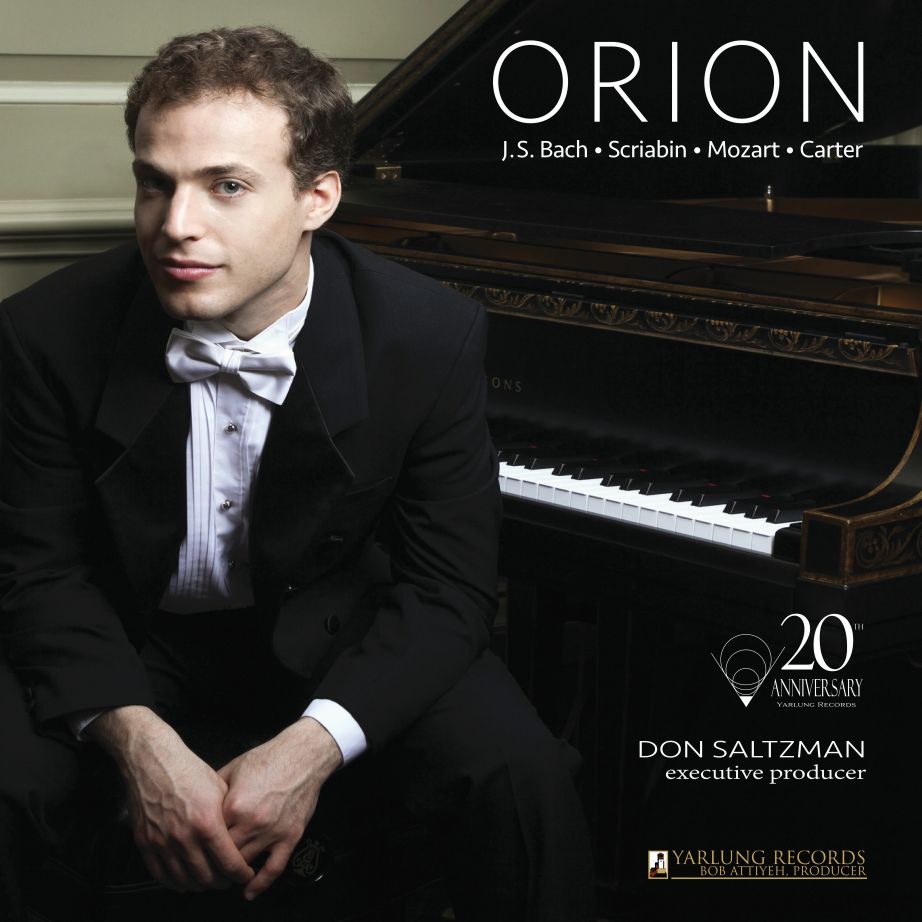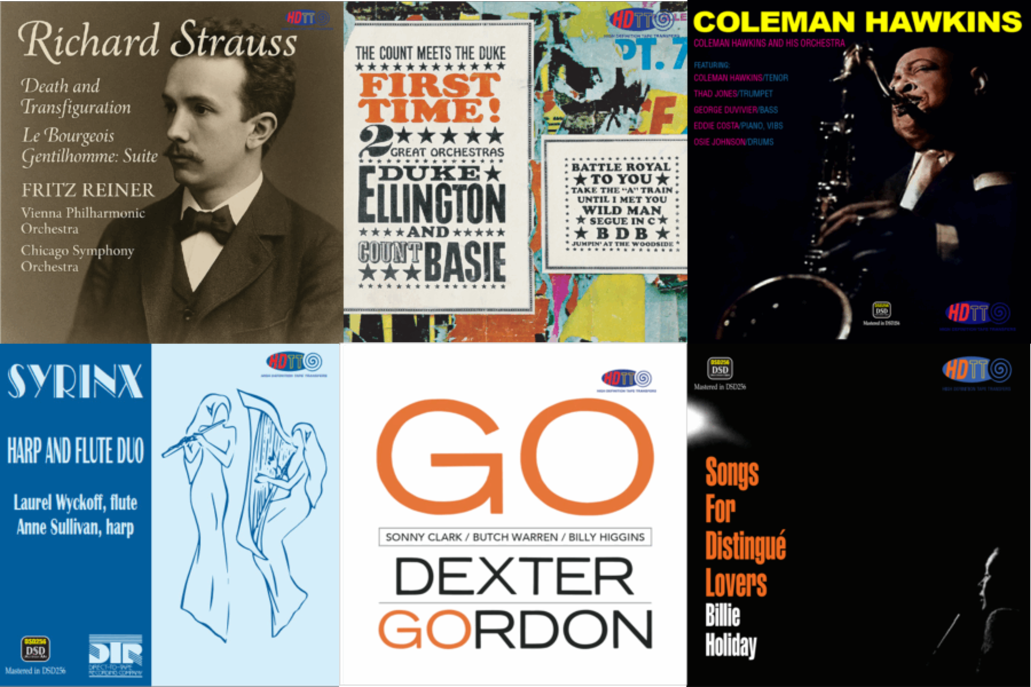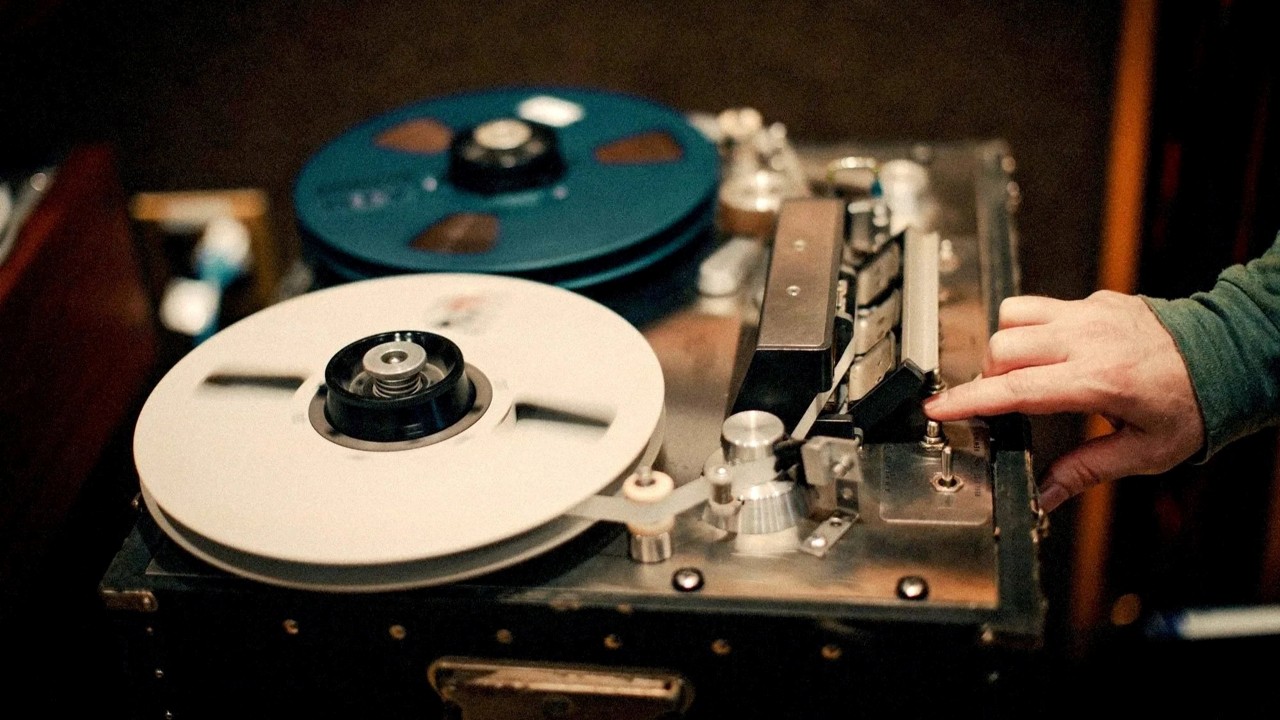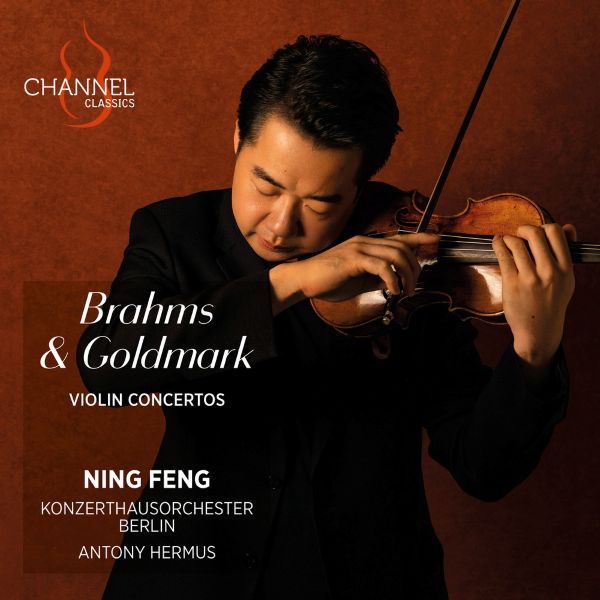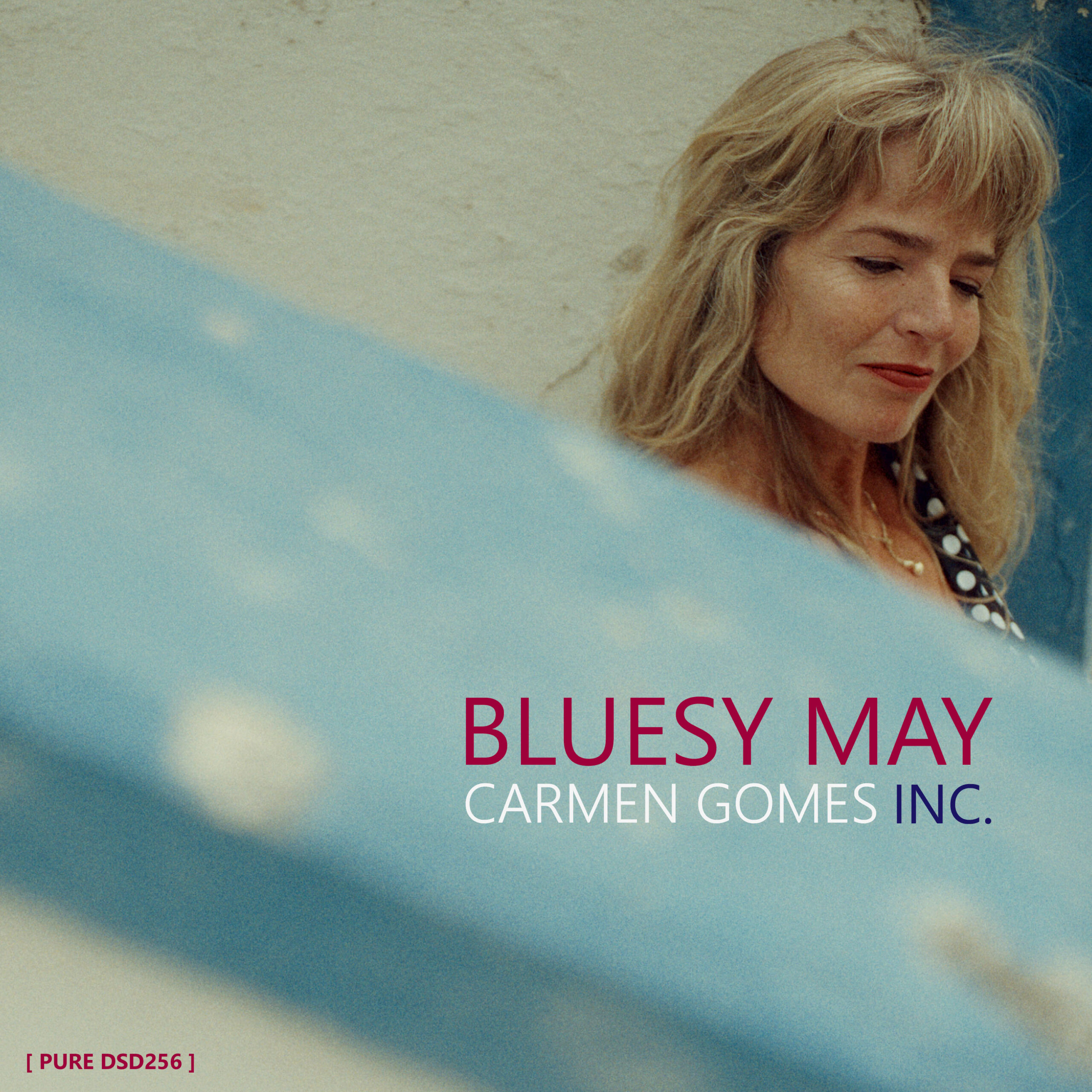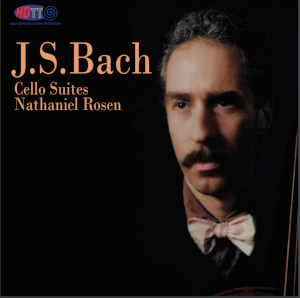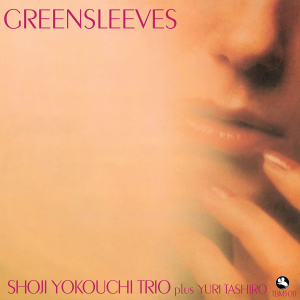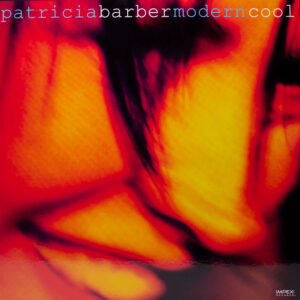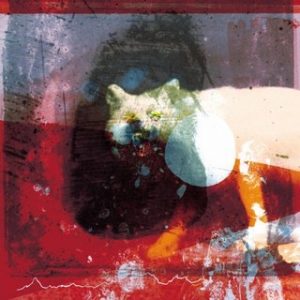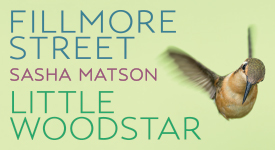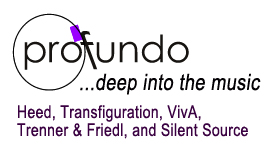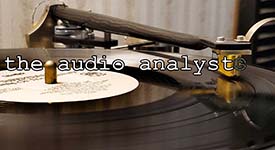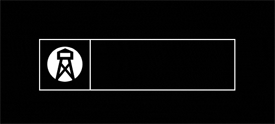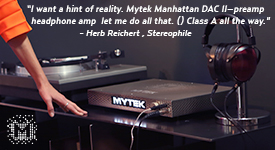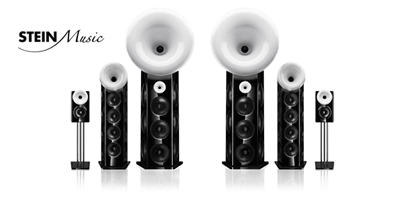Offered for your perusal are thoughts on six releases to be found at NativeDSD. Included are two outstanding performances of Prokofiev's symphonies by Gianandrea Noseda and the LSO (the Fourth and Sixth); a first recording from Jared Sacks' newly opened residential recording studio in Pure DSD256, giving us a glimpse of more nice recordings to come from this master; a very nice performance for solo flute from Hunnia Records also in Pure DSD256; the concluding volume to a remarkable cycle of Mozart's complete string quartets by the Engegård Quartet; and some excellent jazz from the great Brazilian jazz pianist Paulo Braga showing off the continuing excellence to be found in releases from Gustavo Candido and his ADS label.
Prokofiev: Symphony No. 6, Gianandrea Noseda, London Symphony Orchestra. LSO Live 2025 (DXD 32-bit, Stereo, MCh) Edit Master Sourced HERE
Gianandrea Noseda and the London Symphony Orchestra continue to deliver a superlative series of recordings on LSO Live. This new release is one of the best recordings of the Prokofiev Sixth Symphony I've heard. Yes, I really like the James Gaffigan Fourth (reviewed HERE), and it still stands as an excellent performance of this work and a superb recording. But, I think Noseda and the LSO may have outpaced that recording by a step. But, that is possibly due to my very high regard for the work Noseda has done with the National Symphony Orchestra in Washington, DC, and going to listen to him live a couple of times each year.
Why do I so like this new Noseda/LSO performance? I'm not sure I can articulate it. Part is due to the superb technical skills of the LSO players and their immaculate ensemble. But most, I think, is due to Noseda's ability to pull out the nuances, to hold just the right amount of tension and then let the music flow. And then there are those delicate fleet moments like the beginning of the third movement, Vivace. Noseda simply shapes this all in a way that enchants me.
Noseda seems at his best when performing works by Prokofiev and Shostakovich. Seek out his performances and I think you will be well pleased by what you hear.
My friend Bill Dodd wrote an excellent review of the Noseda performance a couple of months ago. In it he says, "Noseda captures the battle between celebration and grief in this symphony, written just two years after the end of WWII. Though initially well received, the symphony was later denounced as 'decadent' and 'pessimistic,' and Prokofiev never fully recovered from the political backlash. Some feel that the sixth is his masterpiece, the summation of what he wanted to say. And many critics have praised Noseda's ability to bring out the inner architecture of Prokofiev's complex works while maintaining the needed dramatic flair. I couldn't agree more!" (Bill's complete review can be found at NativeDSD, HERE)
And I couldn't agree more, as well. Let's say this one more time: "...Noseda's ability to bring out the inner architecture of Prokofiev's complex works while maintaining the needed dramatic flair..." Yes, precisely. He is just remarkable.
Highly recommended.
Prokofiev: Symphony No. 4 (1930, rev. 1947), Gianandrea Noseda, London Symphony Orchestra. LSO Live 2025 (DXD 24-bit, Stereo, MCh) Edit Master Sourced HERE
And as of late October 2025 we now have the Prokofiev Symphony No. 4 from this ongoing cycle. It, too, is a knockout.
From the NativeDSD description of this music: "Prokofiev's Symphony No, 4 was originally completed in 1930 and shared much of its musical material with his ballet The Prodigal Son, composed around the same time. Though Prokofiev had largely avoided harsh criticism from Soviet authorities in the past, the initial reception of the Fourth Symphony was lukewarm at best."
Here we are listening to his 1947 revision of the score. The original 1930 score was about 22 minutes long. This new revision is more than a simple "revision," it is a dramatic expansion now running some 38 minutes and with much added dramatic material and grander vision.
The original 1930 score is easily heard as an expansion in symphonic scoring of his ballet, The Prodigal Son, which had premiered in Paris in the summer of 1929, to great critical acclaim. The Symphony was not as fortunate. Premiered by Koussevitzky and the Boston Symphony Orchestra, the symphony received several unsuccessful performances and music critics began accusing Prokofiev of having run dry of ideas. Pierre Monteux led the European premiere of the symphony in Brussels, but to similar tepid response. And there was no positive reaction to the Soviet Union premier at the Bolshoi in 1933.
It is instructive to listen to the original 1930 scoring and compare to the later re-working in 1947. The James Gaffigan cycle contains both, albeit on separate albums, HERE.
Buoyed by the reception of his Fifth and Sixth Symphonies, Prokofiev reworked the symphony in 1947, assigning a new Opus 112 number to the work. At this time, Prokofiev had been back in the Soviet Union since 1936. But, shortly after the revisions of Opus 112 were completed, the Union of Soviet Composers issued commands that Prokofiev's music (among others) be banned from concert halls, amid accusations of "formalism." The revised Symphony No. 4 was thus not performed in the Soviet Union until 1957, after the composer's death.
The new Symphony No. 4 Op. 112 had three significant premiere performances. The first premiere was Sir Adrian Boult conducting the BBC Symphony Orchestra in a radio broadcast on March 11, 1950. Conductors have shown a marked preference for this expanded version in both the concert hall and recording studio ever since. I am aware of eight recordings of the original 1930 Opus 47, but eighteen recordings of the Opus 112.
So, what about the Symphony No. 4, Opus 112?
Comments abound about this symphony not being a particularly successful migration of music for the ballet to music for the concert hall orchestra with the most common being something along the lines of "the original material buckles under the treatment". I don't share that view. The outer movements see the most change, with the Finale being vastly different.
The original version is classic early Prokofiev, opting for brevity and minimal dramatics—it is solidly neoclassical. In the revised 1947 version, while many themes and passages are repeated, as one would expect, we have instead a darkly majestic work that goes for strong dynamics and heroics, similar to many of his later works. It is much more along the lines of "a dark and stormy night," as Snoopy would begin his stories. A work of dark grandeur that I find successful and enjoyable, and for which Noseda makes a compelling case.
And I wouldn't be without either the original nor the revised versions. For my money, more Prokofiev is better than less Prokofiev. And you won't go wrong with this new Noseda/LSO masterpiece.
Solitude, Jelte Noordveld. Just Listen Records 2025 (Pure DSD256-Analog Mixed, Stereo) Edit Master Sourced HERE
This is a lovely performance and recording. Gentle and articulate, with improvisational creativity, pianist Jelte Noordveld provides a very nice debut performance. His program is a nice combination of pop and jazz, starting with a rendition of Lennon/McCartney's "Blackbird" and then sliding into an interpretation of Simon's "50 Ways To Leave Your Lover." He includes two of his own compositions which are most enjoyable.
On a first listen to this recording in a pre-release sample, with no information about the artist or the recording other than Jared Sacks had recorded it and I was asked "Tell me what you think of this," I wondered if the pianist might be Rembrandt Frerichs. There was a lightness, a deftness, of touch that reminded me of this excellent jazz pianist. And that my mind initially went to Frerichs is quite a tribute to the playing quality and interpretive style of Jelte Noordveld.
Recorded in a smallish room on a mid-sized piano (i.e., not a full-sized concert grand in a concert hall), the sound is intimate, relaxed, inviting. This is an introduction to the sound quality of Jared's new recording studio in an annex of his home, Banana Bread Studio. It bodes well for this residential recording space to become a sought-after recording venue for solo performers and small acoustic ensembles, particularly given the on-site overnight B&B accommodations available. I look forward to more from Jared and Just Listen Records from this venue!
Two Kinds of Infinity, Anna Rakoczy (solo flute). Hunnia Records (Pure DSD256-Analog Mixed, Stereo) Edit Master Sourced HERE
Anna Rokoczy takes us along a path of discovery in the works she plays here. The first is her own transcription for solo flute of J.S. Bach's Suite No 4 in E-Flat Major for Solo Cello, BWV 1010. As have you, no doubt, I've heard many transcriptions of this work for various instruments. This is my first time hearing a transcription for solo flute, and I approached it with some circumspection, wondering just how the flute could manage the subtleties of timbre and inflection of the instrument for which the music was originally written. But, after the first movement, I began sliding into Anna's totally different world of sound and communication. Yes, Bach's music is all here, but it is a different experience. A different range of subtlety for which one gradually opens one's ears to appreciate.
Of this effort, Anna Rokoczy writes, "Playing Bach on a solo flute, with the instrument's limitations and the fragility of its sound, seems to me in a sense to be the opposite of the perfection that defines Bach's music. But perhaps it is precisely between the instrument's fragility and the music's perfection that the arc is drawn—a rainbow-bridge between the divine and the human."
And I think she pulls it off superbly well. A most enjoyable journey.
The second piece on the album is a fascinating work by Hungarian composer Barnabás Dukay (b.1950), his Abandoned path towards the misty distance. Of this 24-minute work Anna says, "In this suspended stillness, I gradually become aware of the subtlest changes, the smallest beauties, and consciously or subconsciously, perceive the connections woven throughout the work. It is a kind of Zen state that the composer offers both the player and the listener, in exchange for a certain degree of self-surrender…" Dukay offers a phrase, then pauses. Offers another phrase, and pauses again. It is if at each stage he invites the listener to journey further along this path with him. Choose.., come or not, but choose. And the more attention you pay, the greater the reward as Dukay's combinations begin to weave a tapestry that one fits together in one's mind.
Again referring to Anna's comments, "The path teaches us to walk; the work teaches us to listen: this album aims to be a testimony to that learning."
I found this a path well worth pursuing with her.
The recording from Hunnia Records is once again exquisite. Recorded at Bartók Unitarian Church, Budapest, 4-6 August 2025, engineer Sándor Árok has captured the fragility of the Anna's flute in a lovely natural acoustic environment with very nice balance of direct and reflected sound. Then mixed and equalized via Hunnia's all analog mixing console for a Pure DSD256 final release. As one might expect, the timbre is spot on, the sound is transparent, and supremely detailed, and the entire is utterly natural sounding with that subtle analog tonality. Well done!
Anna Rakoczy, photo from her walk along a pilgrimage route in Japan, a path that has not been abandoned for a thousand years.
Mozart String Quartets: Viennese Quartets, Engegård Quartet. Lawo Classics 2025 (DXD 32-bit, Stereo) Edit Master Sourced HERE
The Engegård Quartet's performances of Mozart are always wondrous events. Celebrate when you see a new release, and hurry out to get it. You will not be disappointed.
These "Viennese Quartets" by Mozart (1756-1791) comprise the most recent album from this outstanding Norwegian quartet, and marks the final volume in the Engegård Quartet's ambitious and deeply personal journey through Mozart's complete string quartets. It is a delightful foray, with all the wit, humor, and nuance that one might hope to find in performances of this music. As with the other releases from this cycle of the complete string quartets, these are played with stylistic insight and expressive depth.
Composed in the summer of 1773, these quartets fully reflect the genius of Mozart considering that he was all of seventeen years old when he composed these works. Mozart may have hoped to have them published at the time, but they were published only posthumously by Johann André in 1801. Incorporating many of the elements of Haydn's recently published string quartets these are quite a jump in sophistication from Mozart's Milanese quartets written just a year before.
Engegård Quartet performs on modern instruments with what some describe as a "bold, fresh" interpretive style, contrasting with the use of period instruments and Historically Informed Performance (HIP) practice. I have no ax to grind in the winds of opinion about period instruments and practice versus modern. I find great enjoyment either way, all depending on the skill and artistry of the musicians. Here, that skill and artistry is among the top echelons of performance and their musicianship is highly rewarding, engaging, and endlessly satisfying.
Recorded by master recording engineer Thomas Wolden, the sound quality is beyond mere excellence. It is to be treasured, as are so many of his recordings.
Highly recommended!
Chiaroscuro, Paulo Braga (piano). ADS 2025 (176.4kHz, Stereo, MCh)
Performed by the great Brazilian pianist, Paulo Braga, this an album of waltzes composed by Arrigo Barnabé—a composer and musician with whom Braga has performed since 1988. Braga comments about the pieces, "Although all of them have lyrics, many were born at the piano. In this solo piano format, they invite the listener to create their own imagery, free from the guidance of the text." And so they do, indeed. They are completely engaging—subtle, complex, reflective—these are excellent compositions. And, when played with the care and deep attention devoted here by Braga, they are a treasure.
The enclosed booklet tells us: "Paulo Braga is a pianist, composer, and educator with a solid background in Brazilian instrumental music. He continuously researches the piano's role in jazz and Brazilian popular music, exploring its connections with the avant-garde."
I've not heard Paulo Braga before, but I an utterly delighted by this introduction to his music-making. He is an artist well worth coming to know better, and I hope more people outside of Brazil will do so. As I write this article, the music of this album is playing yet again, for at least the fourth time I've listened to it. Yes, I've enjoyed it just that much!
Paulo Braga
The recording is another excellent production by Gustavo Candido for his ADS label. Gustavo's recordings continue to impress me in their capture of the natural acoustic space in which the performance occurred. His intention is to create fully surround-sound, immersive recordings that will transport you into that performance space. I listen to stereo, but even in stereo-only it is apparent that Gustavo pays great attention to attaining just the right microphone positioning relative to the instrument and the room. And then he is very intentional to do no harm to the signal. In this recording, the sound of the Steinway Model D resonates and blooms just beautifully, with immense (but not hyper-) detail and resolution.
In the photo below you will see his primary microphones capturing the direct sound of the piano and then his array for blending in more of the room sound, ultimately in both depth and height for full immersive experience. Gustavo says, "In the end, ADS is about music, high-fidelity audio, and how it is presented to the listener. Its goal is to create an immersive and engaging listening experience, making the listener truly feel present in the musical event." In my listening experience, Gustavo is accomplishing this.
Recorded at Estúdio Monteverdi, São Paulo, Brazil, 18-19 January 2024
Images courtesy of the respective labels.

